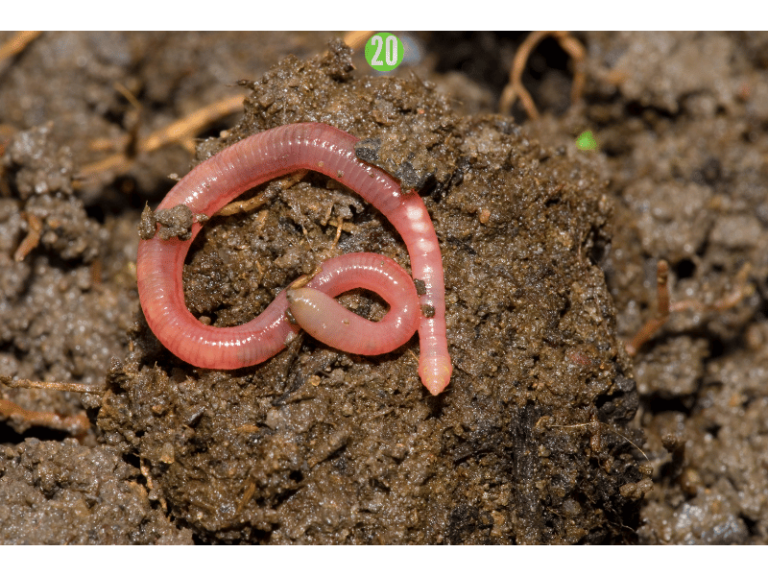The body of an earthworm is like a slightly pointed cylindrical tube at both ends. Its digestive tract (including the mouth, pharynx, esophagus, gizzard, stomach, intestines, and rectum) resembles a small tube nested within a larger cylinder. At the front is the prostomium, thick and fleshy, with strong extensibility; at the back is the mouth, which lacks teeth but has many longitudinal folds that can be everted outward. This structure of the mouth serves the functions of exploration, burrowing, and swallowing food.
Earthworms don’t have much choice in what they eat. They gather sand, soil, and decaying organic matter with their everted mouths and swallow them together. The food enters the muscular pharynx, where it mixes with secretions from the pharyngeal glands, becoming moist, sticky, and clumped into food masses, and then reaches the gizzard. Due to the contraction of the strong muscular wall and the rubbing against the inner corneal membrane, the sand and soil become finely ground food. This mixture then moves into the intestine for further digestion and absorption. Darwin noted this process and attributed to earthworms the merit of improving soil. Earthworms always swallow soil with their heads down in the soil. Organic matter is digested and absorbed by them, while sand and soil are excreted from the anus, which is why we often see many curled clay heaps on the ground in spring and summer. After passing through the earthworm’s digestive tract, sand and soil not only become finer and wetter but also acquire many additional chemical substances, turning from poor to fertile. Earthworms also frequently flip finer soil to the surface and coarser soil underneath, cultivating the land. This work greatly benefits crops. We might think: how much capability can a small earthworm have? Even if it really can change the soil, given the small size of the earthworm and the vastness of the earth’s surface, what effect can it really have?
Earthworms are indeed small, but they are numerous. It has been calculated that in certain suburban farmlands, there are 200 to 800 earthworms per square meter. As the saying goes, “many a little makes a mickle.” Moreover, even before humans appeared, earthworms had been working there for a long time, and their numbers were so large and their time so long that the soil changed by earthworms on the ground is indeed considerable.

